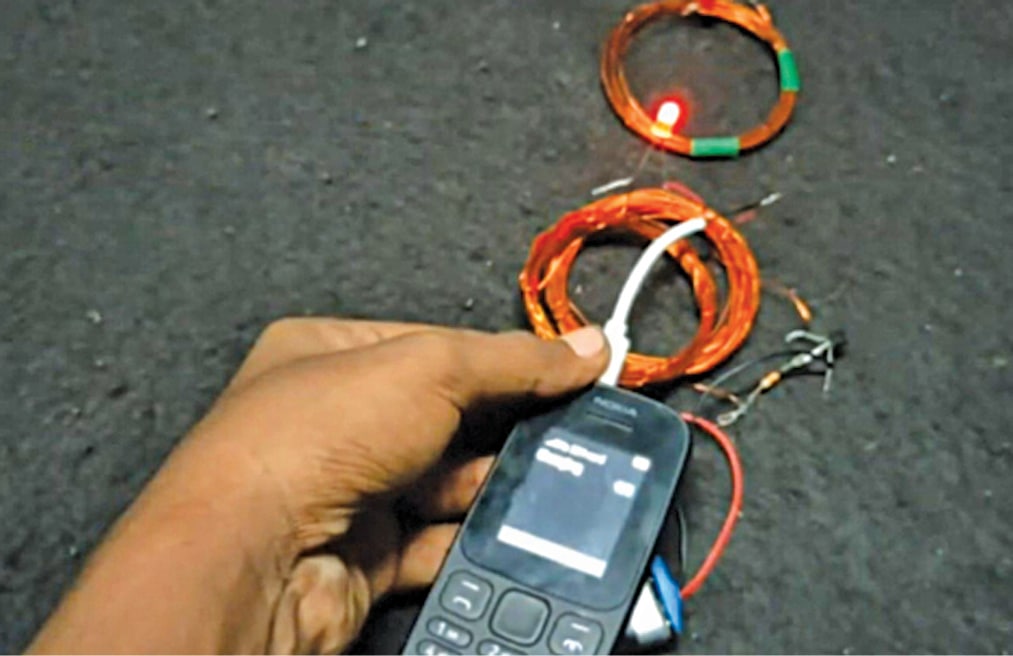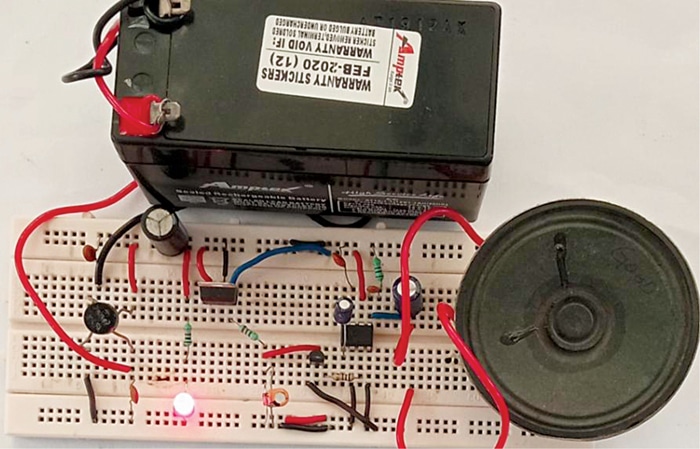
[ad_1]
Smartphone batteries need to be charged frequently, generally more than once a day. But their charging cables tend to get damaged after some time due to excessive use, which can be annoying—especially if they fail when these are needed the most. A wireless charger can be a convenient alternative; you simply set it up and forget it. But how does it work, exactly?
While wireless charging may seem like a recent invention, its origin dates to more than a hundred years. The credit for it goes to the famous Serbian-American inventor, Nikola Tesla.
Working principle
In the late 1800s, Nikola Tesla successfully transmitted electricity through the air. He used a process called resonant-inductive coupling for it, which works by creating a magnetic field between a transmitter (to send electricity) and a receiver (to receive the electricity) to power light bulbs in his New York City laboratory.
A few years later, he patented the Tesla coil—a tower with a coil at the top that shot bolts of electricity. Tesla had much grander vision of a wireless power grid, but his dreams were never realised. Now the same basic principle of inductive charging can be used for a smartphone’s charging wirelessly.
[ad_2]
Source link






